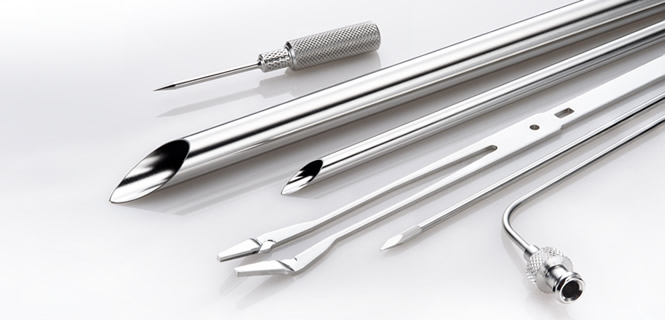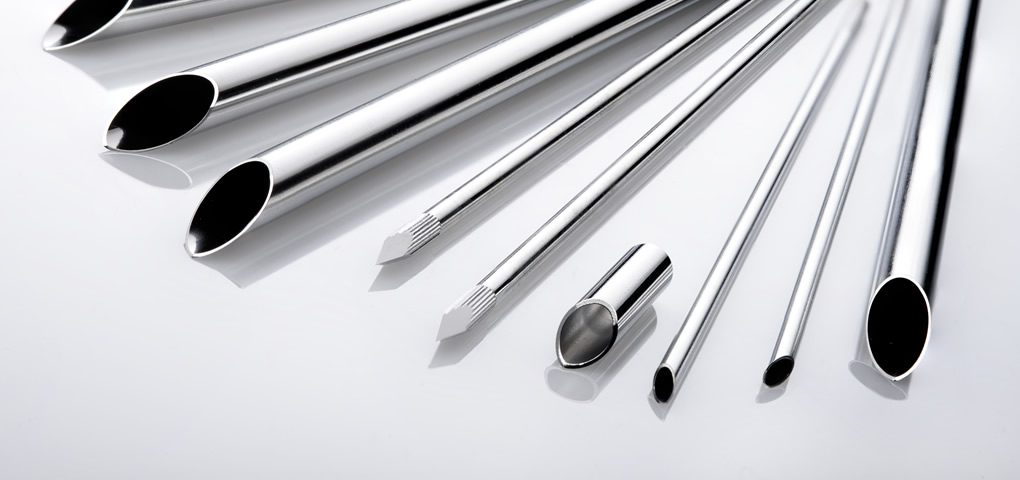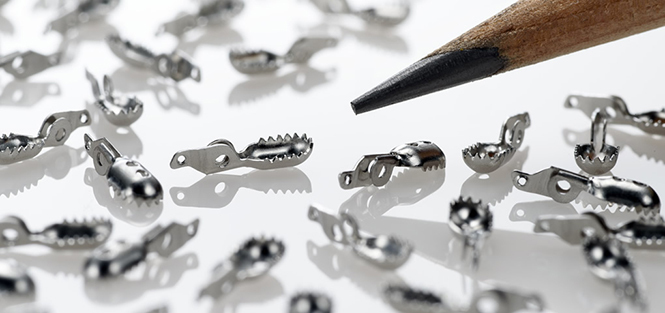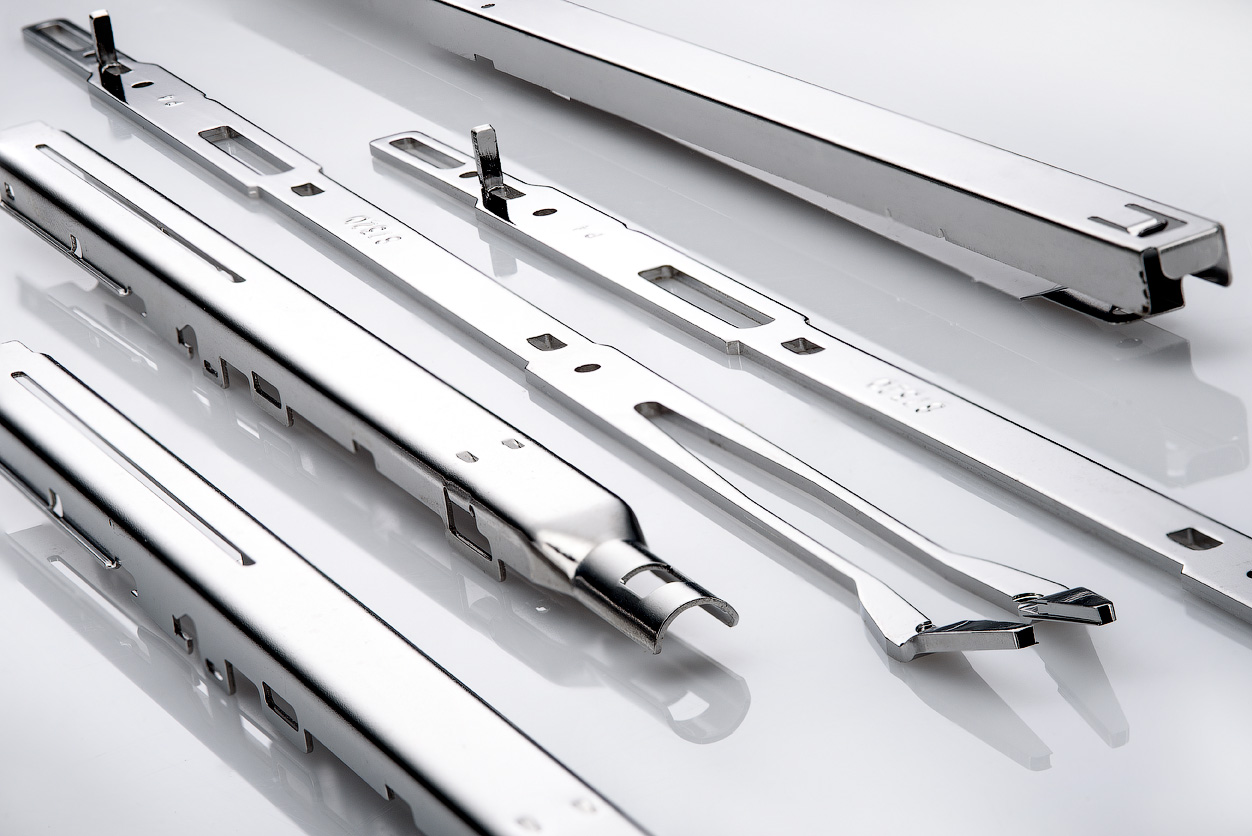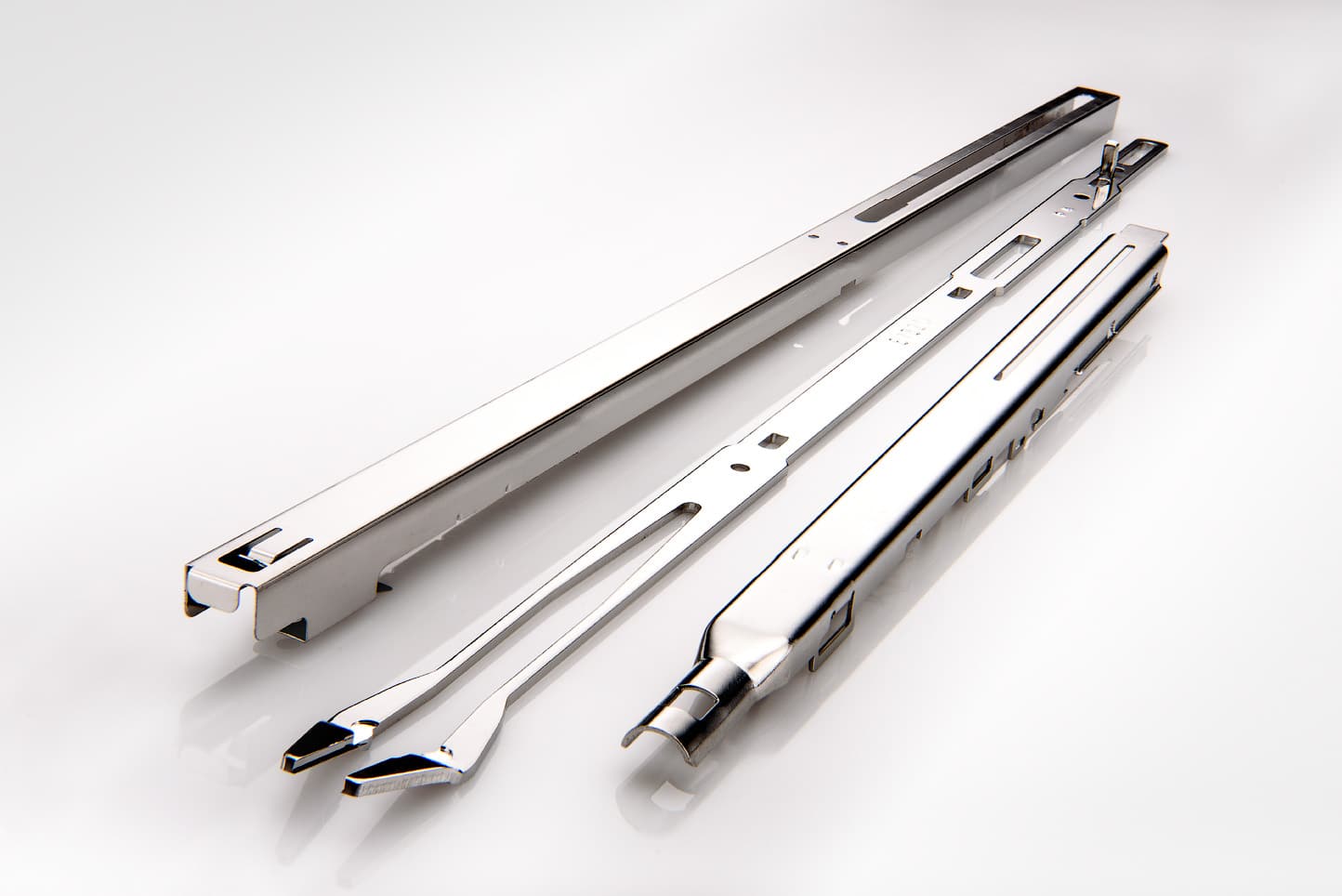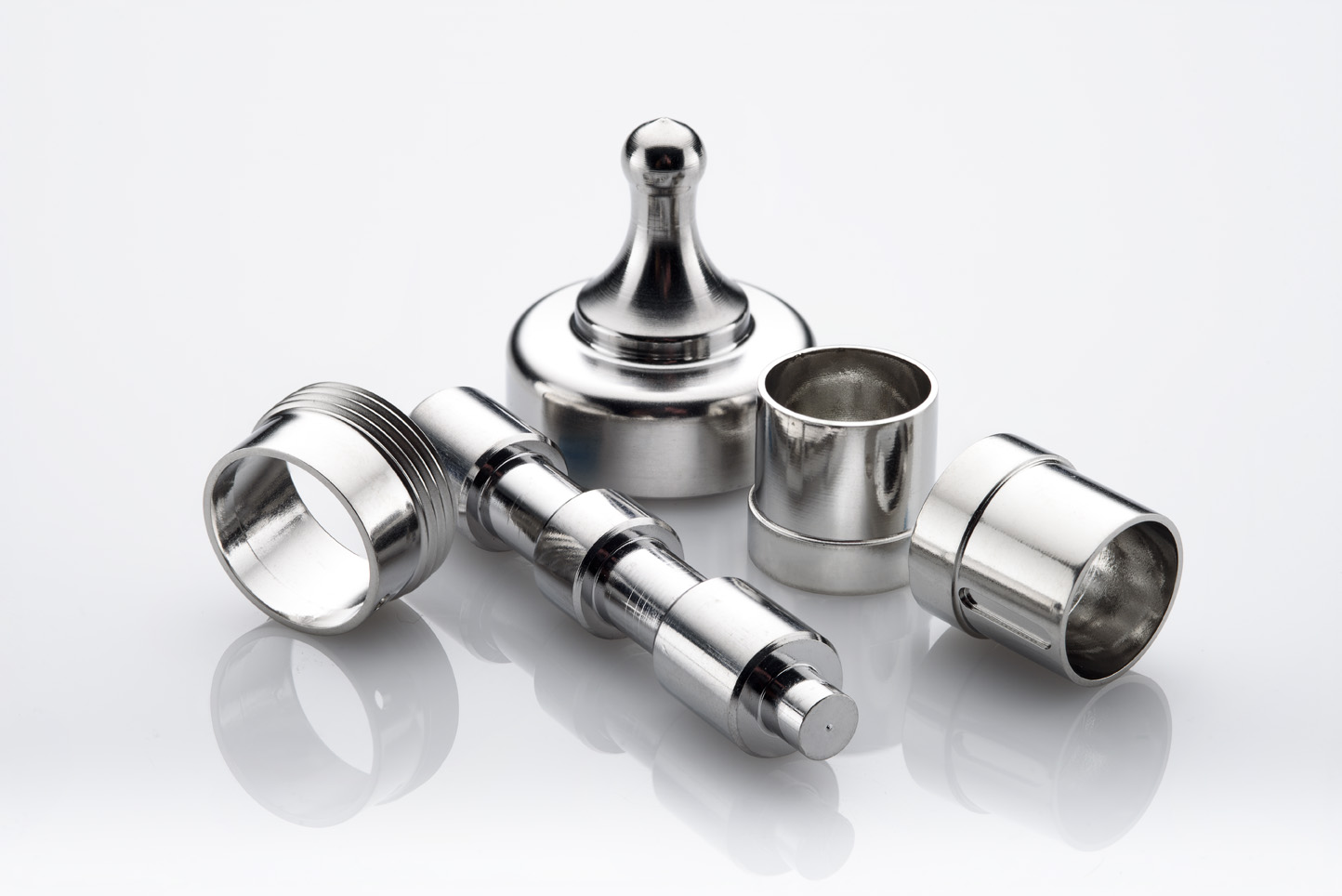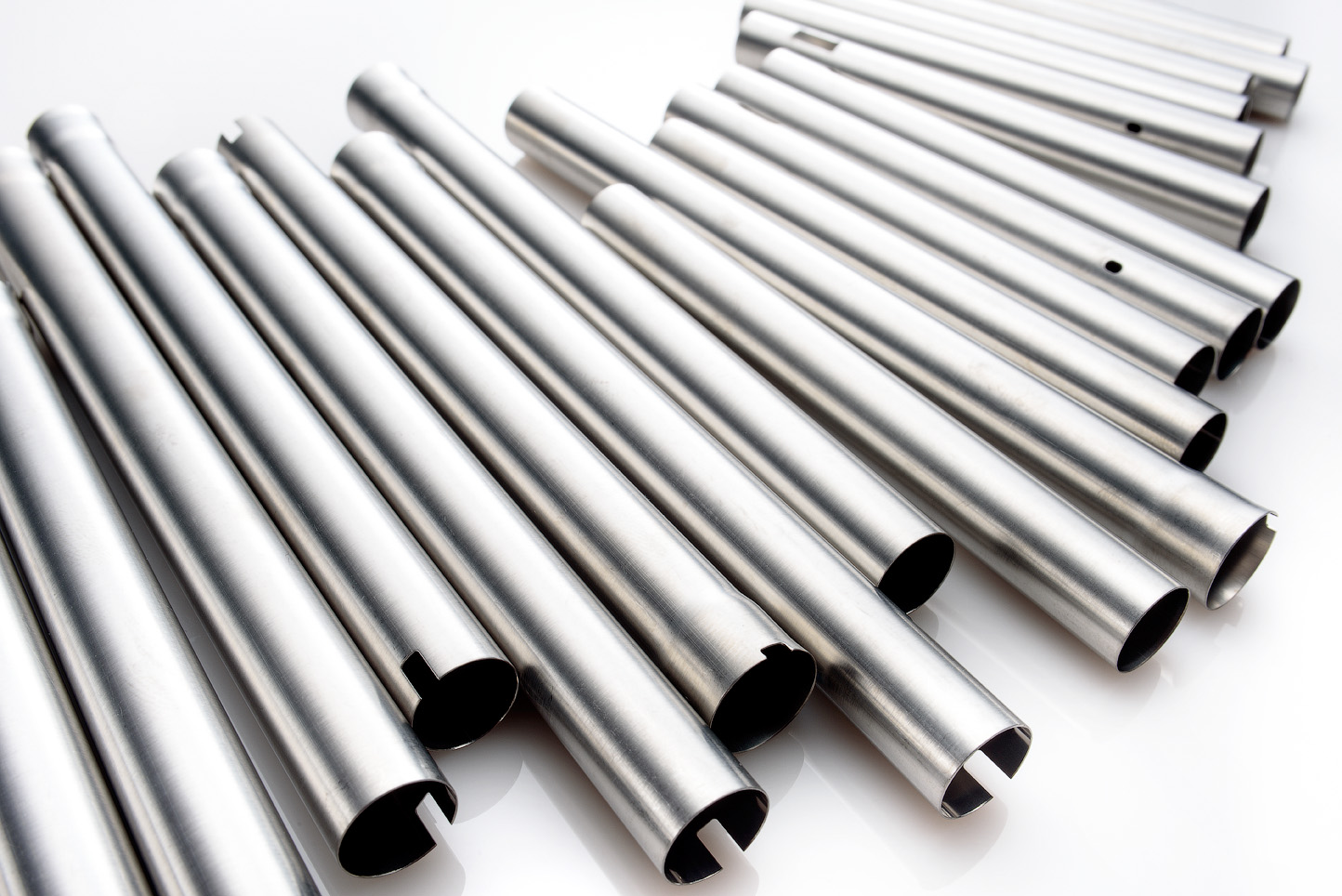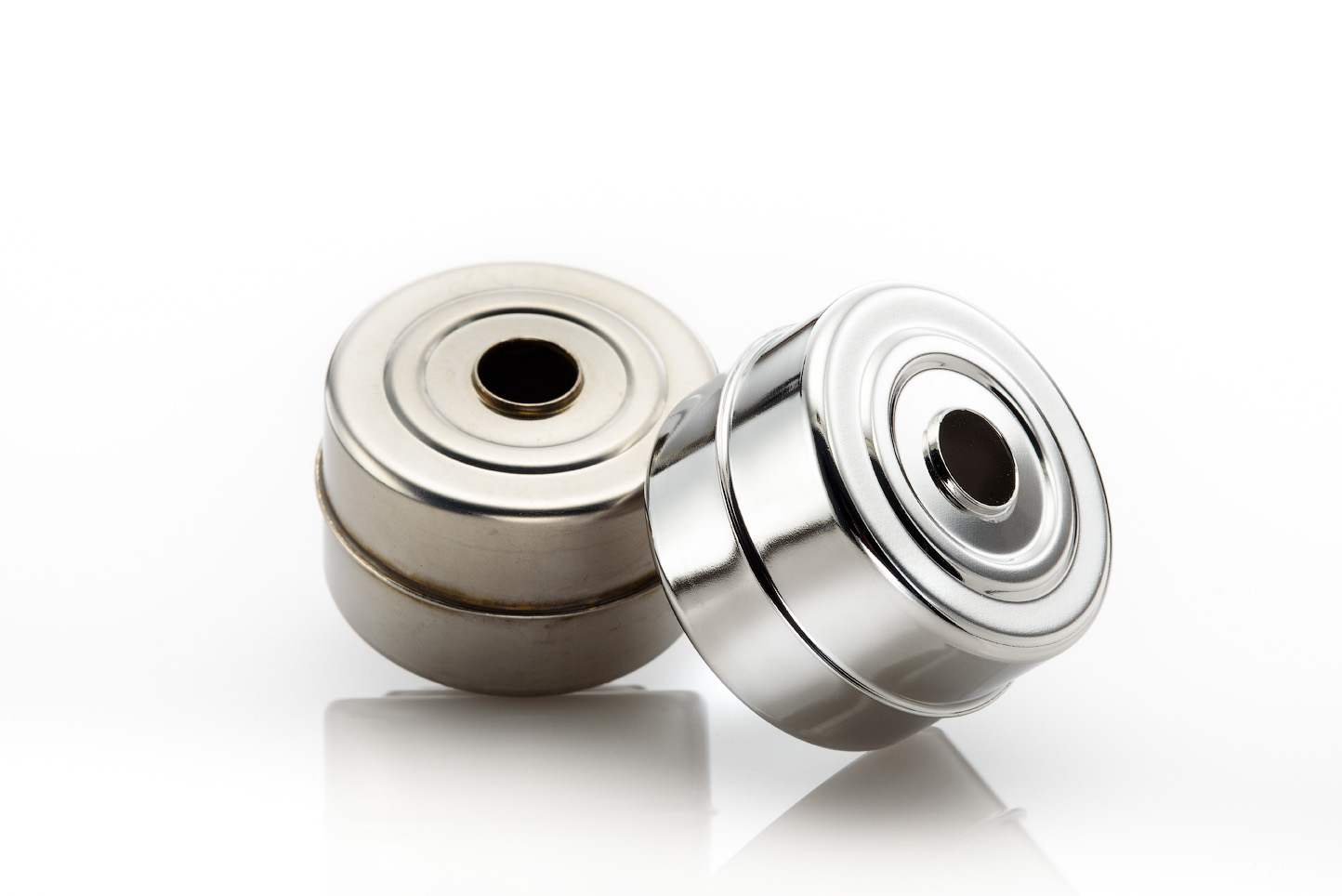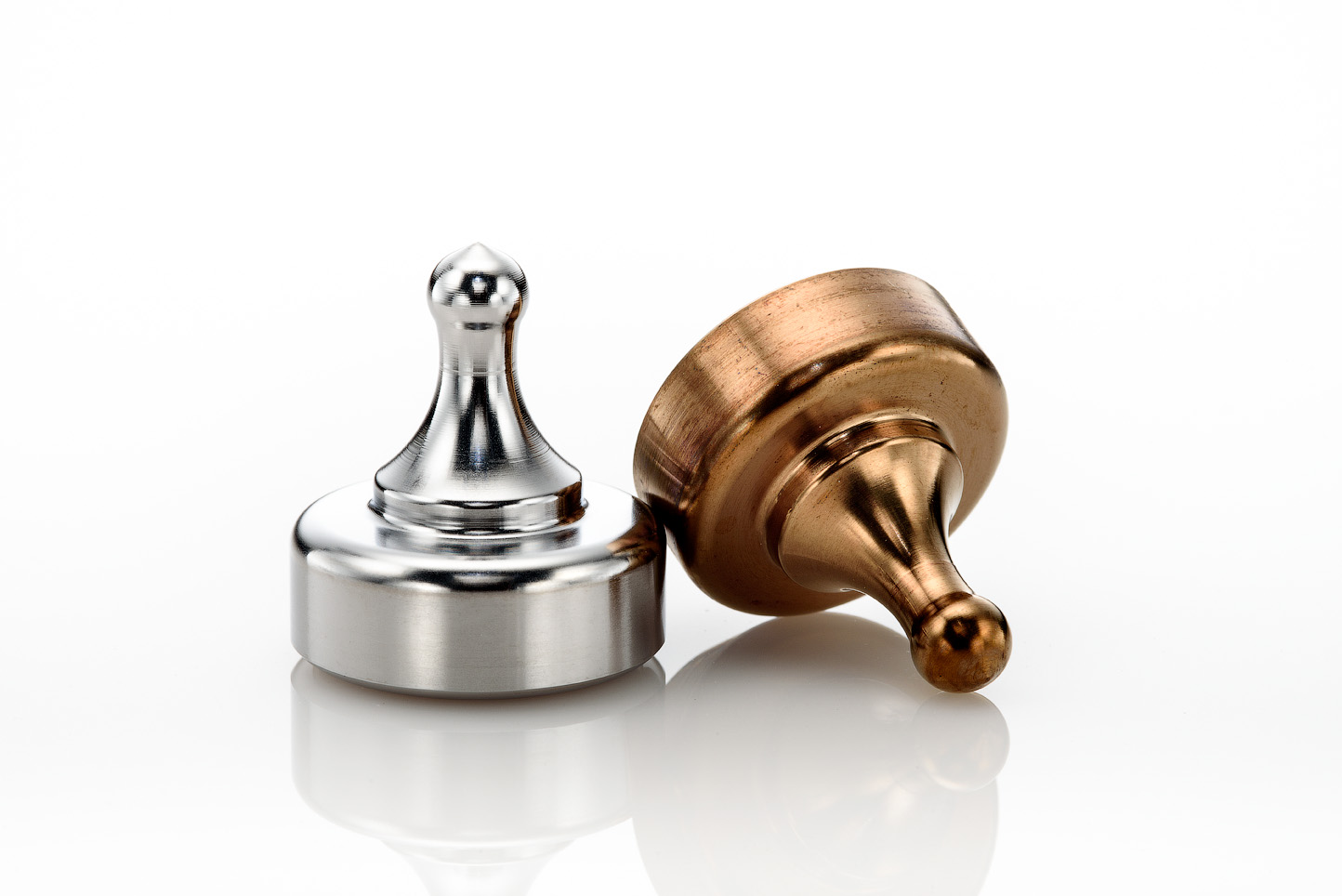PROMOTING STAINLESS STEEL’S NATURAL CORROSION RESISTANCE THROUGH PASSIVATION
The passivation of stainless steel restores the corrosion-resistant layer on the surface of stainless steel manufactured parts.
Promoting stainless steel’s natural corrosion resistance through passivation
Passivation restores the corrosion-resistant layer on the surface of stainless steel manufactured parts.
Stainless steel’s reputation for corrosion resistance is due to a thin, oxygen-enriched layer of chromium that normally occurs on the metal’s surface. When manufacturers cut, weld and machine stainless steel to create a product, they embed free iron and other impurities in the metal. Those impurities react with harsh environments, such as salt-water, chlorine and other chemicals, and eventually cause parts to rust.
Stainless steel passivation removes contaminants from the metal’s surface that inhibit the formation of the protective chromium oxide layer, which makes stainless steel highly corrosion-resistant.
What is the most effective passivation method? Scientific studies point to electropolishing. An abbreviated cycle meets or exceeds the results of such traditional means as nitric acid immersion and citric acid immersion.
That is because electropolishing removes all free iron, reaching impurities embedded below the surface that traditional methods can’t treat.
By eliminating free iron completely, the process immediately terminates the potential for free iron corrosion and enables stainless steel to form a greater protective layer than chemical passivation methods allow.
Moreover, the stainless steel corrosion resistance is compliant with ASTM B 912-02 and ASTM A967-13, “Standard Specification for Chemical Passivation Treatments for Stainless Steel Parts.”
At New England Electropolishing, we recommend electropolishing to enable the growth of a natural, inert, oxide layer on all grades of stainless steel. We also offer the nitric and citric acid immersion passivation, however, and recognize there are times when they might be preferable. Give us a call to discuss your needs for the passivation of stainless steel. We look forward to talking to you about which process is best suited for your stainless steel products.
Does Electropolishing Prevent Corrosion?
“Electropolishing is an electrochemical process that enhances metal alloys resistance to corrosion. Electropolishing is used to clean, deburr and passivate metals by removing impurities from the surface left behind from manufacturing processes.”
Electropolishing Resources
What is Electropolishing?
Electropolishing is an electrochemical and reverse plating process that removes the outer layer of skin on a metal...
The Electropolishing Process
The electropolishing process is initiated by immersing a metal part into a temperature-controlled bath of electrolyte...
How Much Material Does Electropolishing Remove?
Electropolishing, when done properly is a highly controllable process which removes as little as...
How Much Will Electropolishing Improve the Surface of my Part?
Ra and RMS are both representations of surface roughness. Ra is calculated as the roughness average of a surface’s...
What is ASTM B912?
ASTM B912 is an industry standard for the passivation of stainless steel alloys through electropolishing...
What is ASTM A967
ASTM A967 is an industry standard specification for the chemical passivation treatments for stainless...
